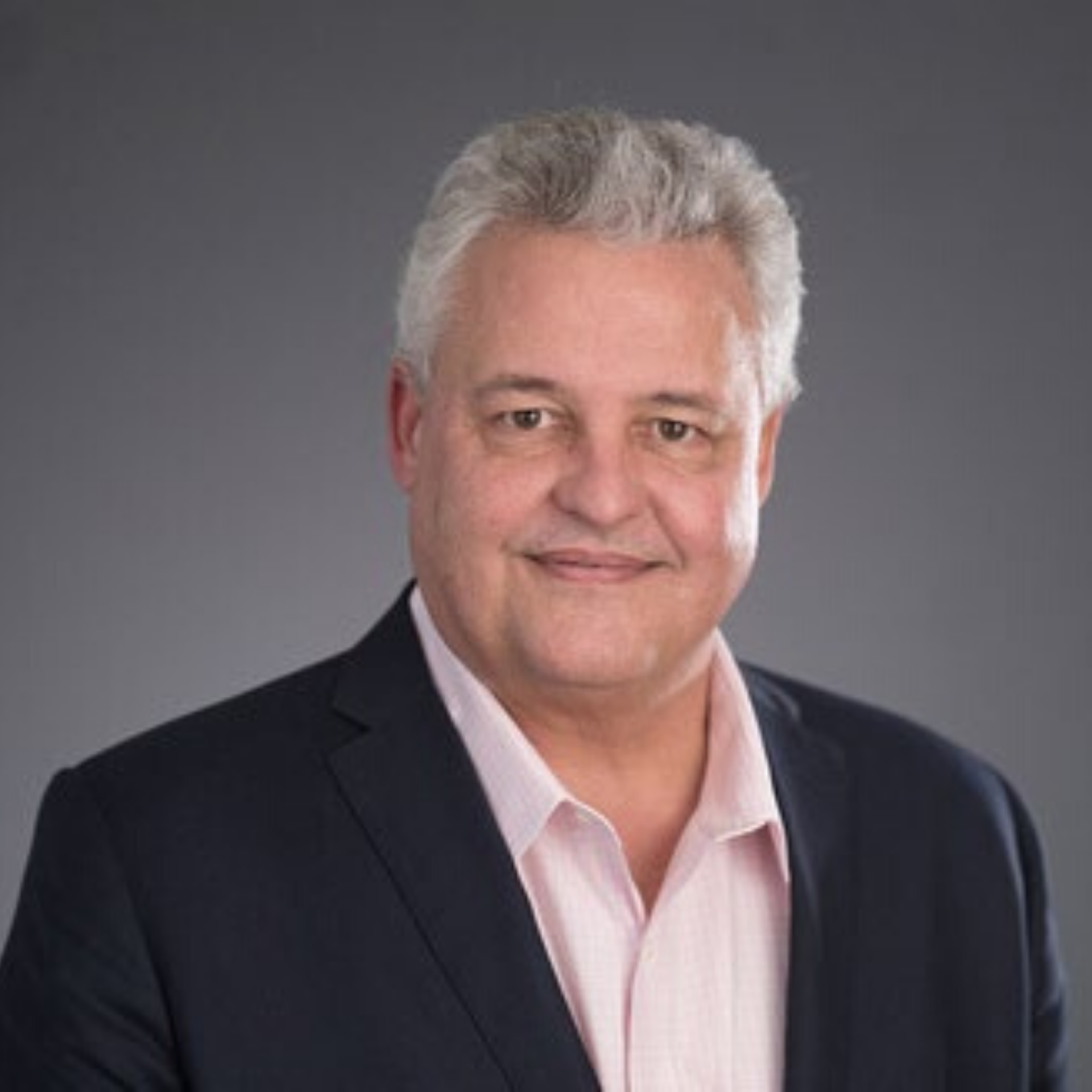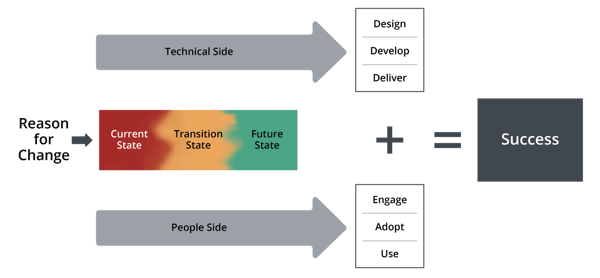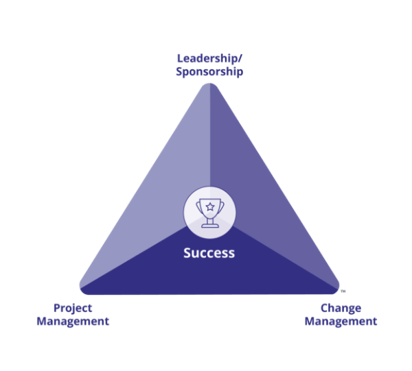What Senior Leaders Need From Change Practitioners During a Crisis

3 Mins
Updated: December 27, 2023
Published: March 25, 2020

In times of crisis, the biggest challenges leaders face go well beyond financial pressures and operational execution continuity. Yet, most leaders will try to bring a great deal of focus in the organization to just these two issues. As change management practitioners, you are uniquely qualified to help leaders recognize this shortcoming and address the critical people side of change when it's needed most.
First, Understand the Challenges
The biggest challenge senior leaders really need to focus on is the workforce. I personally learned this from the events of 9-11. I recall how the shock of what had happened impacted me as a leader on that terrible day. I had been taught in my career that when in doubt, always put your customer first.
At the time, I was responsible for all of operations for a large enterprise systems company. I immediately mobilized my staff to understand which customers were in the impacted area, a list of all the systems and configurations we had supplied them, and exactly where each of those systems were located. We then developed a plan to begin taking current work in process (WIP) inventory and began converting them to configurations by customer, so we could mobilize the disaster recovery efforts for our customers.
And mobilize we did. But I was getting feedback from my team that our workforce was not dealing with these changes and efforts too. And of course, we needed that critically. I realized that I needed to lead with empathy first. I had to understand that the horrific events of 9-11 were impacting our employees on many levels, and I needed to internalize what that meant to them.
To address this, I installed portable TVs in the break room and throughout the shop floor, so employees could stay abreast of news as it unfolded. I also personally walked the shop floor and asked how employees and their families were coping. This was managing to the “human side of change,” and it went a long way with the workforce. Morale increased quickly, and I never forgot how important it is to lead any change first with empathy for employees.

Act Purposefully During Crisis
The COVID-19 pandemic offered change practitioners the opportunity to help leaders understand that there are two sides of change that must be addressed to move the organization forward: The people elements and technical elements. Sharing the story above might be a good way to get this point across.

Most importantly, what leaders need from practitioners during a crisis is a framework that enables the organization to move forward purposefully:
Lead with empathy
Acknowledge that the crisis may be different for each employee and their families. Enlist their ideas on how we could all be most effective moving through the difficult time. And then empower them to be agents of change for their ideas.
Provide daily updates
Use your internal communications resources to provide daily summaries of an ongoing crisis such as COVID-19. Keeping them informed of the situation keeps employees from having to scour the internet for information while filtering less reputable content. Treat the the crisis like any other disaster recovery event.
Focus on the critical issues
Extract from leadership the most critical things that they need to technically execute during this trying time. Apply the PCT model for organizing and executing this work. Senior leaders should also help you understand new priorities for change portfolios and projects.
Support leaders to communicate changes effectively
Leaders own the Awareness and Desire of ADKAR, and this needs to be repeatedly communicated so that the highest level of understanding is achieved in the shortest time possible. They need to address why the change is happening, why now, the risks of not changing, and what’s in it for employees.
Rely on the Project Change Triangle (PCT) Model
This model drives the Knowledge, Ability and Reinforcement of ADKAR.
 The Prosci Change Triangle (PCT) Model
The Prosci Change Triangle (PCT) Model
Correct misinformation and misunderstanding
Communicate, communicate, communicate.
What to Do During a Crisis
During a crisis, you must connect with fellow practitioners and talk about how you can mobilize to create this framework. Be bold enough to create it and put yourself in front of senior leaders to make yourself heard. If you have limited access to senior leaders, identify their trusted direct reports and go to work there, so they can sponsor you forward. Remember, BE BOLD. This is critically important during crisis. You have what it takes to help your leaders and organization succeed.


